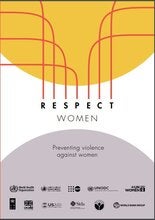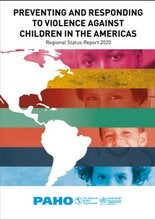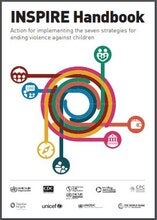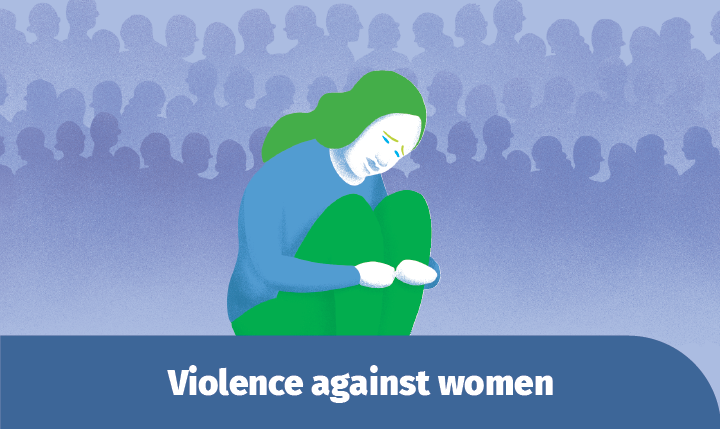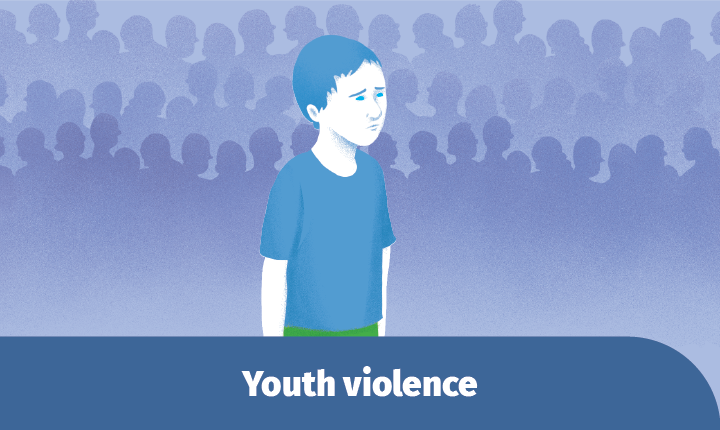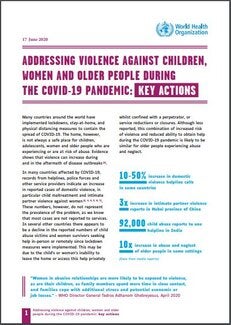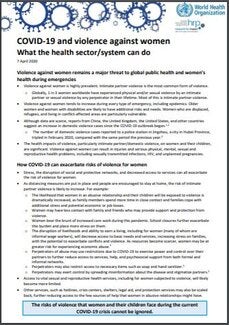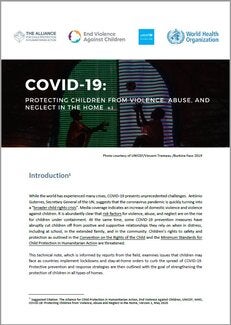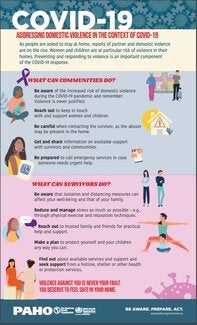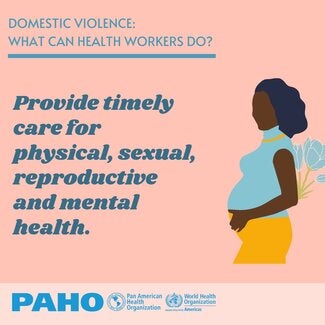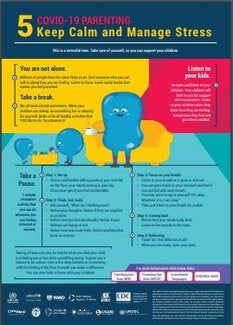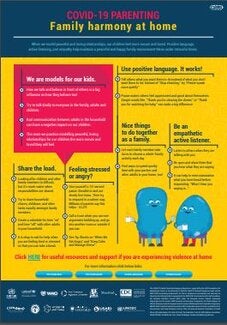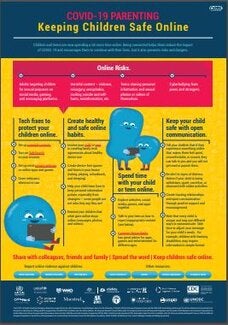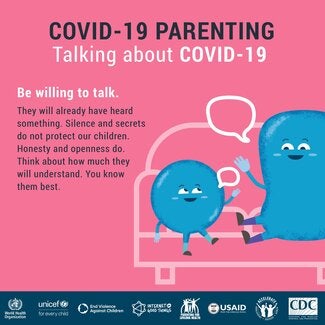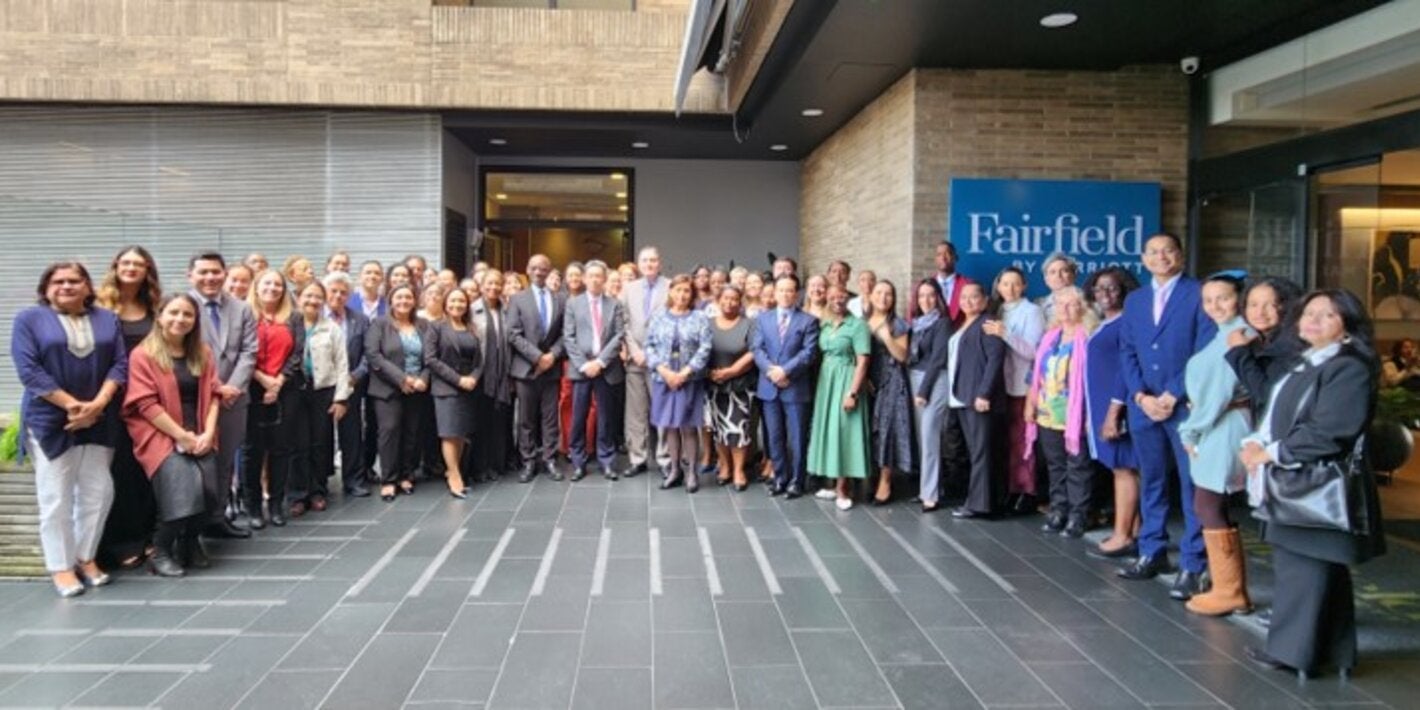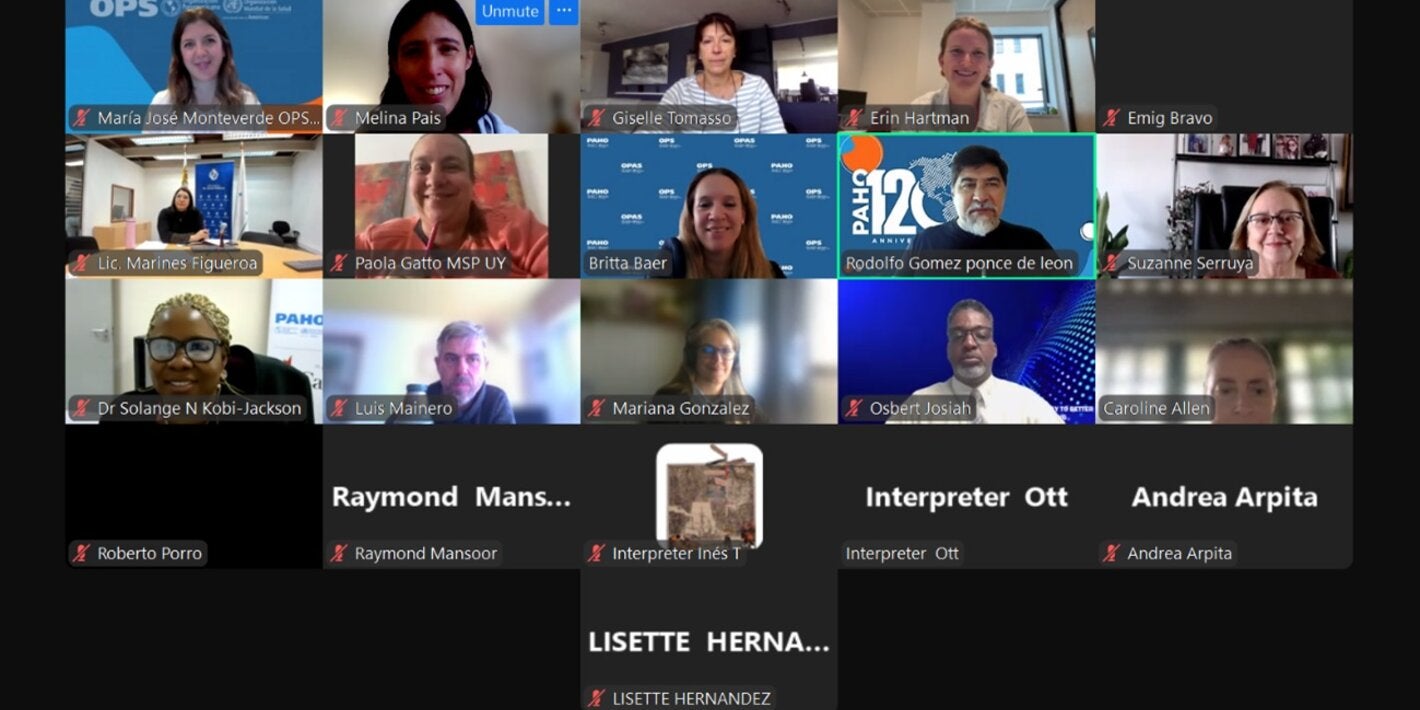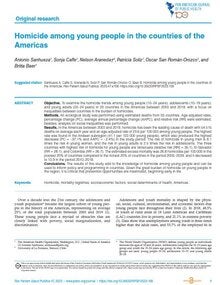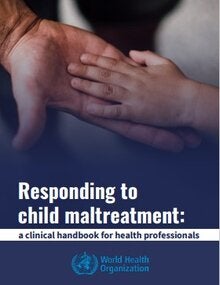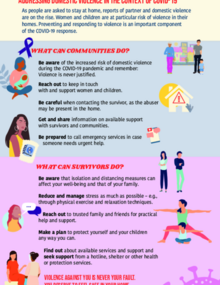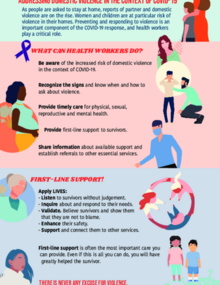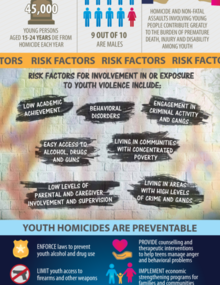Why violence matters to public health?
Violence has enormous health and social consequences. Violence results in many deaths every day, particularly among young men and boys. Beyond these deaths, many more men, women, boys and girls suffer from injuries, disability and ill-health as the result of violence.
Exposure to violence can increase the risk of smoking, alcohol and drug abuse; mental illness and suicidality; chronic diseases like heart disease, diabetes and cancer; infectious diseases such as HIV, and social problems such as crime and further violence.
Yet, violence can be prevented. A four-step public health approach offers a useful framework for preventing violence, including (1) defining the problem; (2) identifying causes and risk factors; (3) designing and testing interventions, and (4) implement and scale up effective interventions, supported by continuous monitoring and evaluation.
Without attention to violence, the health and well-being for all at all ages in the Region of the Americas cannot be assured. Preventing and responding to violence is core to achieving the Sustainable Development Goals in the Americas.
Multiple forms of violence affect individuals in the Region of the Americas across their life course.
- Almost 500 people die every day as the result of interpersonal violence in the Americas
- The Region has the highest homicide rate in the world – three times the global average.
- 58% of children experience abuse each year – this amounts to 99 million children in the Region
- Elder abuse is estimate at 12% in the Americas, although numbers may be much higher in some settings. Globally, only 1 in 24 cases of elder abuse are reported.
- 1 out of every 3 women has experienced physical and/or sexual partner violence
- As the data shows, the patterns and consequences of violence are different for women, men, boys and girls from different population groups. There are also important sub-regional variations in the types of violence.
PAHO works with partners to prevent and respond to violence through evidence-based strategies and tools.
PAHO work is informed by:
- WHO Global plan of action on strengthening the role of the health system, within a national multisectoral response, to address interpersonal violence, in particular against women and girls, and against children (2016);
- PAHO Regional Strategy and Plan of Action on Strengthening the Health System to Address Violence against Women (2015) as well as multiple other national, regional and global policy frameworks and strategies.
Key priorities are:
- Raise awareness of the need for action to reduce violence in the Region of the Americas;
- Identify, synthesize and disseminate evidence on what works to reduce violence;
- Provide guidance and technical support to countries to develop evidence-based prevention and response capacity;
- Strengthen partnerships across sectors and stakeholders for violence prevention and response.
FEATURED PUBLICATIONS


